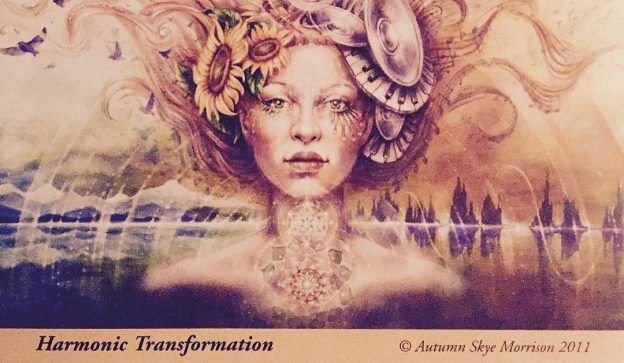For the past 35 years, I’ve had the great fortune of bearing witness to the incredible struggle and amazing resiliency of the human spirit. Day after day, year after year, patients have shared their most intimate stories with me — each one unique and each one special in its own way. Whether they were depressed, abused, worried, sad, unfulfilled, anxious, fearful, or just plain lonely—they all shared one common condition — SUFFERING.
Every one of them was suffering and every one of them wanted to know “Can I really get better?” Of course, I would always give them the same answer: IT DEPENDS. But actually, the correct and truest answer is ABSOLUTELY, yes you can get better. But whether you actually get better or not depends entirely on how you define “better.” For you see, there are many different ways of being “better.”
For many people, taking a pill and experiencing fewer symptoms is all they want. Whether the medication actually works or they just think it works—it makes no difference. They feel better and that’s all that matters.
But what if we define “better” not as symptom reduction but rather optimal physical and mental well-being? Now the answer “it depends” has a whole new meaning. The longer I practiced, the more I realized something was missing. So, after spending years in the psychological trenches dishing up delicious words to soothe the soul, I made a startling discovery — WORDS WERE NOT ENOUGH.
To get truly better we needed much more than just words. Psychotherapy was indeed helpful but it was not sufficient. So I embarked on a journey to learn as much as I could about how to achieve optimal wellness. I spent years studying Integrative Medicine and Nutrition, Nutritional Biochemistry, Molecular Genetics, Epigenetics and Nutrigenomics (environmental and nutritional influences on gene expression), the Microbiome and the Gut-Brain Connection, the practice of Yoga and Meditation, and finally, various models of Spirituality.
This extraordinary journey taught me that authentic healing could only occur if we were able to integrate all the parts of ourselves into a harmonious and cohesive whole. But first off, to do this requires an about face regarding our collective belief that all pain is bad and therefore must be avoided for a satisfying life.
We must be willing to look deep inside ourselves and surrender our most cherished beliefs. Beliefs that are so strong (think “defenses”) that they function like our best friends. We must be willing to bear the discomfort of letting go of these beliefs because they do not serve our highest purpose. And we must be willing to do the hard work that is necessary to rid ourselves of toxic emotions so we can transform our suffering into self-caring and compassion.
Now, it seems to me this “wellness” stuff is all fine and dandy but how the heck do you really get there? Simple — you need a road map. So I developed a unique road map (in conjunction with friend and architect Richard Chadwick) that will guide you down the road to optimal wellness. It’s called TheMindful Wellness Wheel and it was created to show how the process of mindfulness can be used to investigate the key aspects of your life objectively.
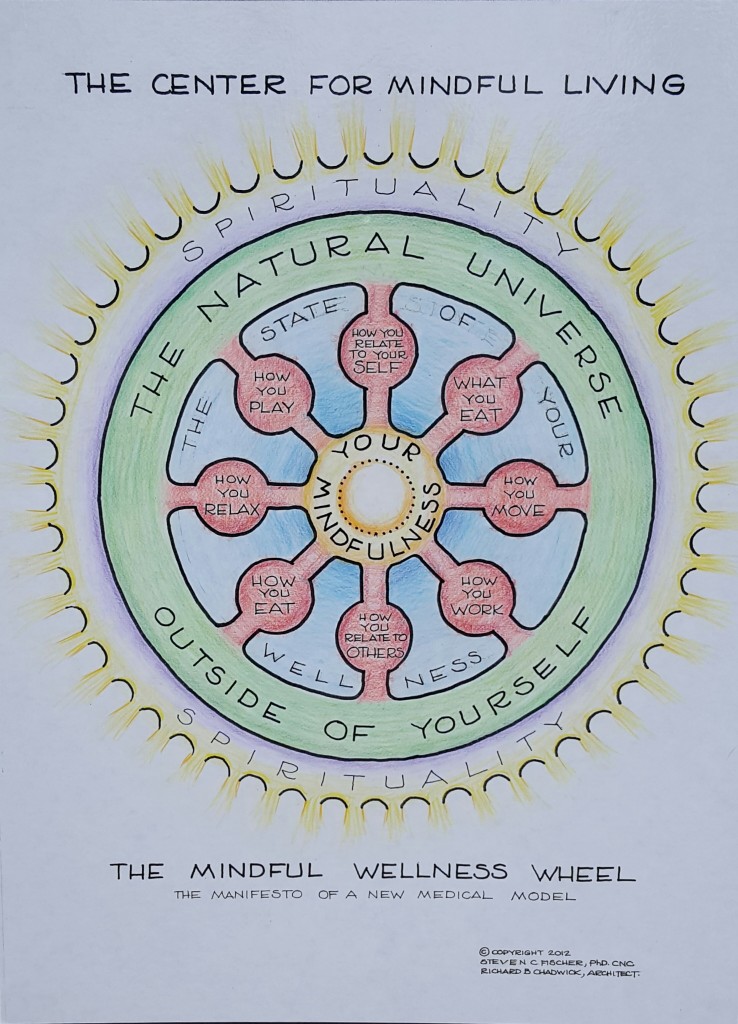
Many people find the concept of mindfulness difficult to grasp but it can be explained quite easily. Mindfulness simply means being aware of whatever thoughts and feelings you are having in the present moment with full acceptance (i.e. without judging them). Mindfulness can also be thought of as a special or particular way of paying attention. By using this technique, you can look at each area of your life and make whatever adjustments are necessary to correct imbalances. Practicing mindfulness will enable you to respond to life rather than react to it (reacting=mindless, responding=mindful). Developing the capacity to respond to situations with calmness, clarity of mind, and non-reactivity will improve your life in every way possible.
The Manifesto of a New Medical Model
To become healthy, you have to change the way you look at the world. It’s a sad but true fact that so much of what we’ve been taught is blatantly incorrect! This is especially true when it comes to health, nutrition, food choices, drugs, and the practice of modern medicine. Our present medical model is based upon detecting and treating symptoms of disease. This is a fabulous model for acute care. If you or your loved one has an accident or life-threatening emergency, this is the best medicine for helping you.
But if you or your loved one has any of the chronic diseases of modern high-tech civilization, modern medicine is an abysmal failure. The reason for this is twofold:
- Modern medicine is treatment focused rather than prevention focused — it focuses on disease rather than health
- Modern medicine is managed by huge corporations which control all aspects of how it is taught, practiced, and protected. Pharmaceutical companies fund and conduct their own research. They control what studies are published in medical journals and exert powerful influence through their advertising. Not only is this self-serving, but alternatives to drugs are kept hidden from the public. Most people have no idea that there alternatives to drugs, surgery, etc. which are more effective, safer, cheaper, and align with our bodies natural capacity to heal.
When we go to a psychologist, psychiatrist, etc. to get help with our emotional pain, we are confronted with an archaic system of treatment predicated on “specialization.” Our modern medical model is reductionistic and treats the body like a collection of separate compartments. Therefore, when you need help, you see a “specialist” who focuses only on their area of expertise. There is no attempt to understand the root causes of the problems or to integrate it into the bigger picture. Not only is this of limited benefit, but it doesn’t honor the great reality of the whole person — that is to say, everything is connected! Any type of emotional problem, no matter how mild or severe, depends on the whole body to produce its effects.
In order to overcome these limitations, The Mindful Wellness Wheel was created. I will briefly explain how this model works. As you look at the illustration of the wellness wheel, you will notice at the center of the wheel is “Your Mindfulness.” This is the core and everything is built around this. In this way, the practice of mindfulness can be used to explore each of the 8 areas of your life that are vital to effective and harmonious living. These 8 areas are:
- How You Relate to Yourself
- How You Relate to Others
- What You Eat
- How You Eat
- How You Move
- How You Relax
- How You Work
- How You Play
Your ability to be mindfully aware of all these interrelated aspects comprises the state of your wellness. Beyond this boundary is our connection to The Natural Universe Outside of Yourself. It is essential to recognize and honor the power of nature and our connection to it. For most of us, this is a lost element in our modern industrialized world. Finally, beyond the natural universe is our Spirituality. This model attempts to integrate all that is necessary for you to be wonderfully healthy and to appreciate your connection to all things, both big and small.
The time has come for a new medical model. One that will allow each of us to achieve our true potential and live healthy, loving, and satisfying lives without chronic disease and the feelings of dis-connectedness that is so pervasive in our modern world. I hope this discussion is helpful to all readers in ways that will lead to a new view of the way things are.
BE OPEN MINDED BUT NOT SO OPEN MINDED THAT YOUR BRAINS FALL OUT”- Groucho Marx
• • •
Dr. Stephen C. Fischer, grew up in Detroit, Michigan, the son of a pharmacist and a homemaker. He studied Pre-Med in college majoring in Biology and Chemistry. Then spent 3 years doing graduate work in Psychopharmacology and Experimental Psychology before deciding he wanted to be a psychotherapist. Dr. Fischer then spent 4 more years getting his M.A. and Ph.D. in Psychology and Psychiatry.
For the first half of his career, he focused exclusively on the psychological side of healing. Then, about 15 years ago, began to study nutrition, alternative medicine, holistic healing and integrative psychology. “As a psychologist first and foremost, I encourage nutrition, but never push it on my patients.” he says.
In his free time, he reads, eats healthy food, cooks healthy food, watches movies, exercises, does yoga, and enjoys sitting motionless in a chair for long periods of time doing absolutely nothing.
The post Can I Really Get Better Through Mindfulness? appeared first on Kelly Brogan MD .
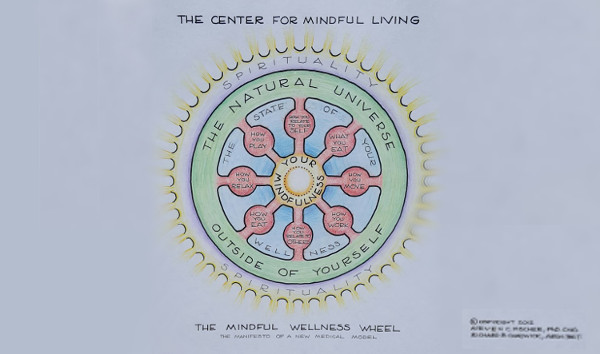

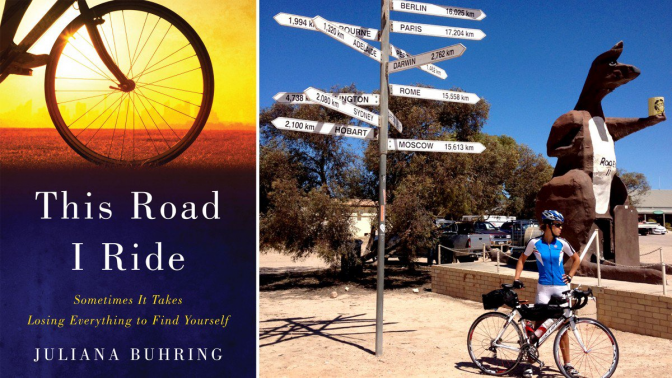
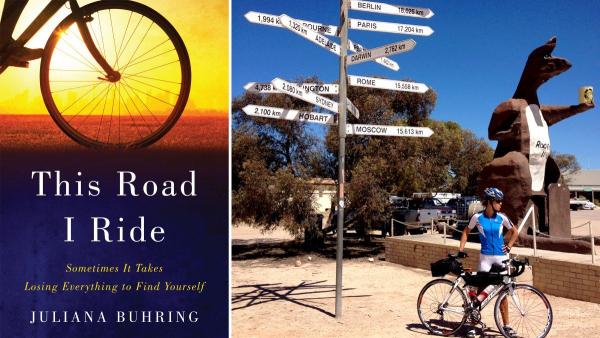 In December 2012,
In December 2012, 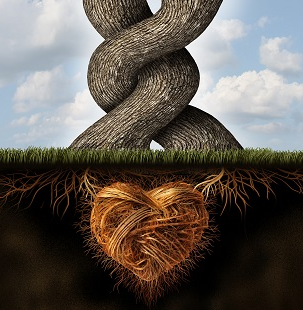
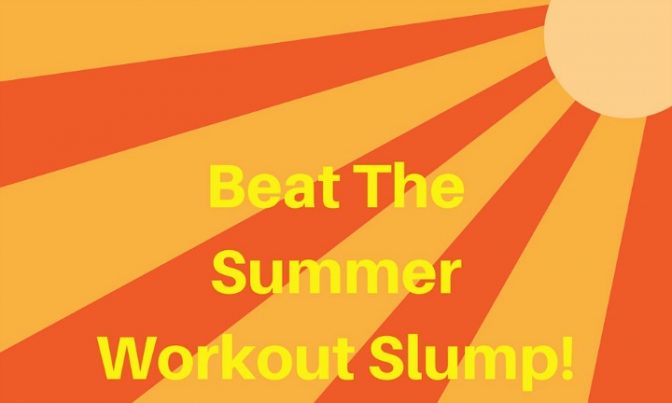
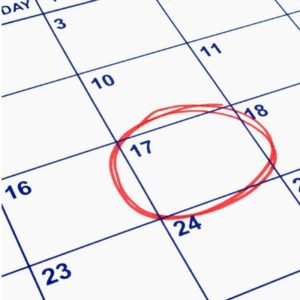
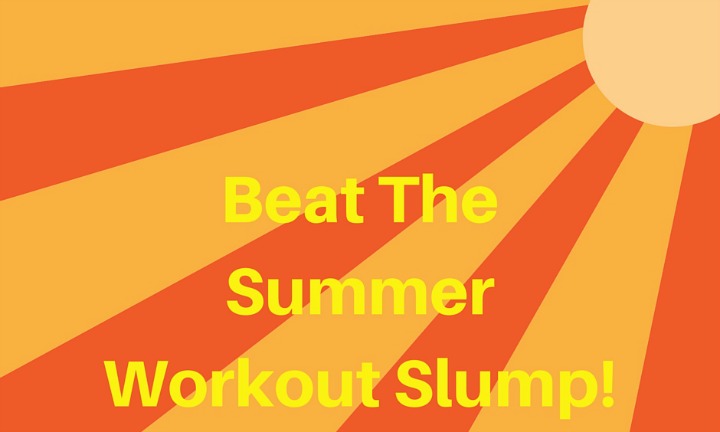

 You’d probably think I was running an infomercial if I told you about a simple intervention that:
You’d probably think I was running an infomercial if I told you about a simple intervention that: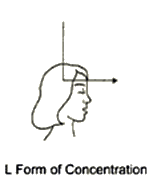 Repeat the Saa Taa Naa Maa sounds (or mantra) while sitting with your spine straight. Your focus of concentration is the L form (see illustration), while your eyes are closed. With each syllable, imagine the sound flowing in through the top of your head and out the middle of your forehead (your third eye point).
Repeat the Saa Taa Naa Maa sounds (or mantra) while sitting with your spine straight. Your focus of concentration is the L form (see illustration), while your eyes are closed. With each syllable, imagine the sound flowing in through the top of your head and out the middle of your forehead (your third eye point).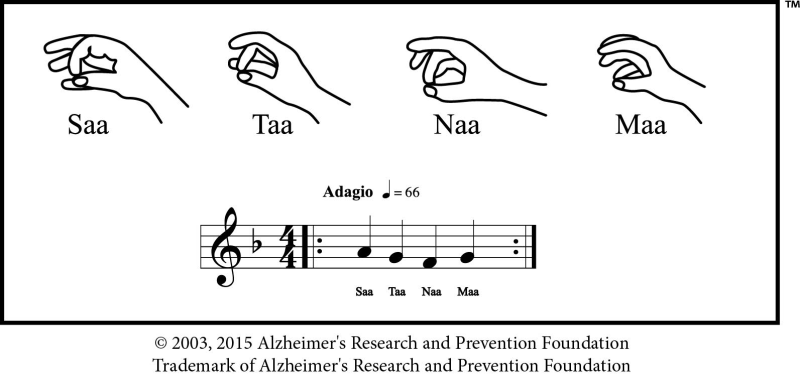

 I’ve always been allergic to dogma. In any institutional setting – educational, religious, medical, and most definitely, airport! – I find myself developing hives and hot flashes whenever I need to follow rules that make no sense. I made a beeline to self-employment. To me, rules for rules sake tend to represent, at their core, a fear-based attachment to “safety” over freedom.
I’ve always been allergic to dogma. In any institutional setting – educational, religious, medical, and most definitely, airport! – I find myself developing hives and hot flashes whenever I need to follow rules that make no sense. I made a beeline to self-employment. To me, rules for rules sake tend to represent, at their core, a fear-based attachment to “safety” over freedom.
